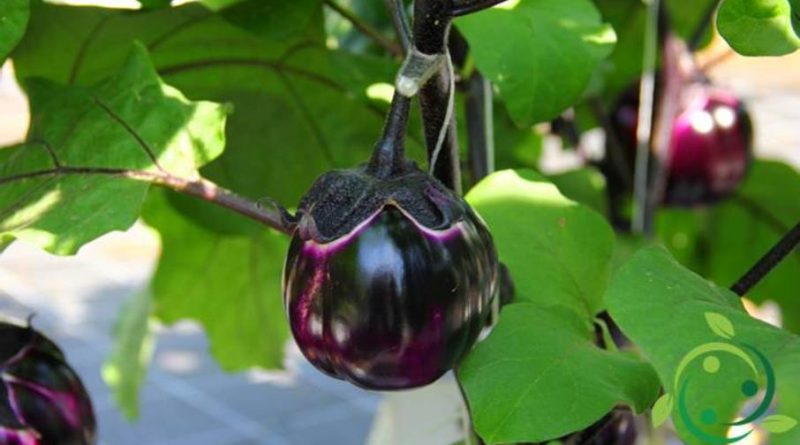How to grow the aubergine in a biological way
How to grow the aubergine in a biological way
For the cultivation of aubergine (Solanum melongena L.) it must be considered that the soil must be prepared with a very deep, non-clayey processing and with doses of mature manure to be buried at 5-6 Kg per square meter (with the availability of pollen the quantitative must never exceed one Kg); however the fertilizer most appreciated by the aubergines is the mature cow manure. Never use nitrogen either because of its negative effects on human nutrition and because it would cause an excessive flower drop. Although they are plants that adapt to drought conditions, if we want to have an excellent and abundant product must be irrigated frequently, especially during the phase of fruit swelling, without ever soaking the plant and the area must be absolutely sunny.
The mulching technique is also ideal, which keeps the soil moist and prevents the growth of herbs that compete with the plant.
For the sowing of this plant it is preferable to start from a seedbed protected in March (ideal also a small greenhouse) after which the transplant should be carried out when the average temperatures are around 25 ° C and the minimum temperatures above 10 ° C. For the planting distance the seedlings on the row about 50 cm from each other, while between the rows around 70-90 cm. The plantation period of the plant can be used effectively until June. For each plant we must put a guardian (a cane is fine) to which we can link the plants that would otherwise tend to bend under the weight of the fruits or the wind.
When the aubergine has reached a medium development you will have to eliminate the basal and yellow leaves (this last operation avoids the appearance of alternating).
For the harvest remember that this should be done when the fruit has reached its maximum size (starts to lose luster) but we must not go further to avoid the excessive growth of seeds and the formation of spongy pulp and not suitable for various uses in the kitchen . The eggplant is harvested and climbed and, in conditions of mild climates, survives during the winter to reveget and reproduce the following year (however the two-year use of the plant is not recommended for the quantity of fruit in the second year).
For plant diseases remember some tips: do not ever return the aubergine on the same plot for two years (the rotation must be at least three years), do not associate with fennel; it is instead recommended to combine it with green beans, mint, with peas and spinach. This greatly decreases (together with the techniques described above) the onset of plant diseases. Among the worst enemies we have the verticillium daliae which, due to tracheomycosis, can bring it to death; rotation is a good deterrent. Other problems are represented by oidium, downy mildew and fusarium; for these fungal diseases it is possible to use copper but also allowed in organic farming if it is possible to avoid it due to toxic effects on soil and on man (it is always a heavy metal). Among the insects we remember the aphids (especially with spring wet days), to be combated with the maceration of nettle, the Colorado beetle that for small crops can be controlled manually; among the mites the red spider (which can be kept at bay with the same sulfur with which it can be treated beforehand, even natural insecticides based on garlic and marseille soap are effective measures.

